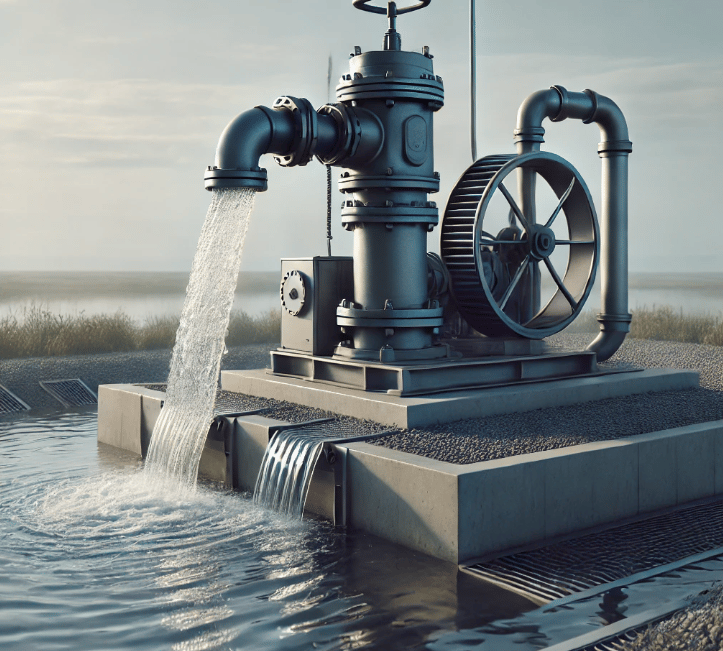Mission
Delivering continuous renewable energy and clean water through innovative hydro-compression systems for communities worldwide.


2 Billion
90% efficiency
More than solar
No reliable power or water
Vision
A future of universal access to sustainable power and safe water, enabling resilient and thriving communities.
How It Works
Step 1: Air-filled tanks are lowered into water.
Step 2: Water pressure naturally compresses the air inside the tanks.
Step 3: Compressed air pushes water through small jets.
Step 4: Water jets hit a Pelton turbine, spinning a generator.
Step 5: Electricity is produced continuously; water flows back into the source with no pollution.
24/7 Renewable Power – Continuous energy, not weather dependent
Clean Water Access – Provides clean water for 5,000–10,000 people
Durable Design – Stainless or carbon-fiber tanks last 30–40 years
Low Maintenance – Simple mechanical parts, easily serviced locally
High Efficiency – Pelton turbines reach ~90% vs ~21% for solar
Pollution-Free – Zero emissions; clean water returned to the source
Cost Savings – No fuel, no batteries, minimal upkeep = fast ROI
Disaster-Ready – Reliable power and water during emergencies
Benefits
Materials
Carbon Fiber Composite
lightweight, ultra-strong, 40+ year lifespan
Any Waters
operates in fresh, salt, brackish, or dirty water
316L Stainless Steel
corrosion-resistant, 30+ year lifespan
Universal Hydro Power delivers continuous renewable electricity and clean water using durable, fuel-free hydro-compression systems.

